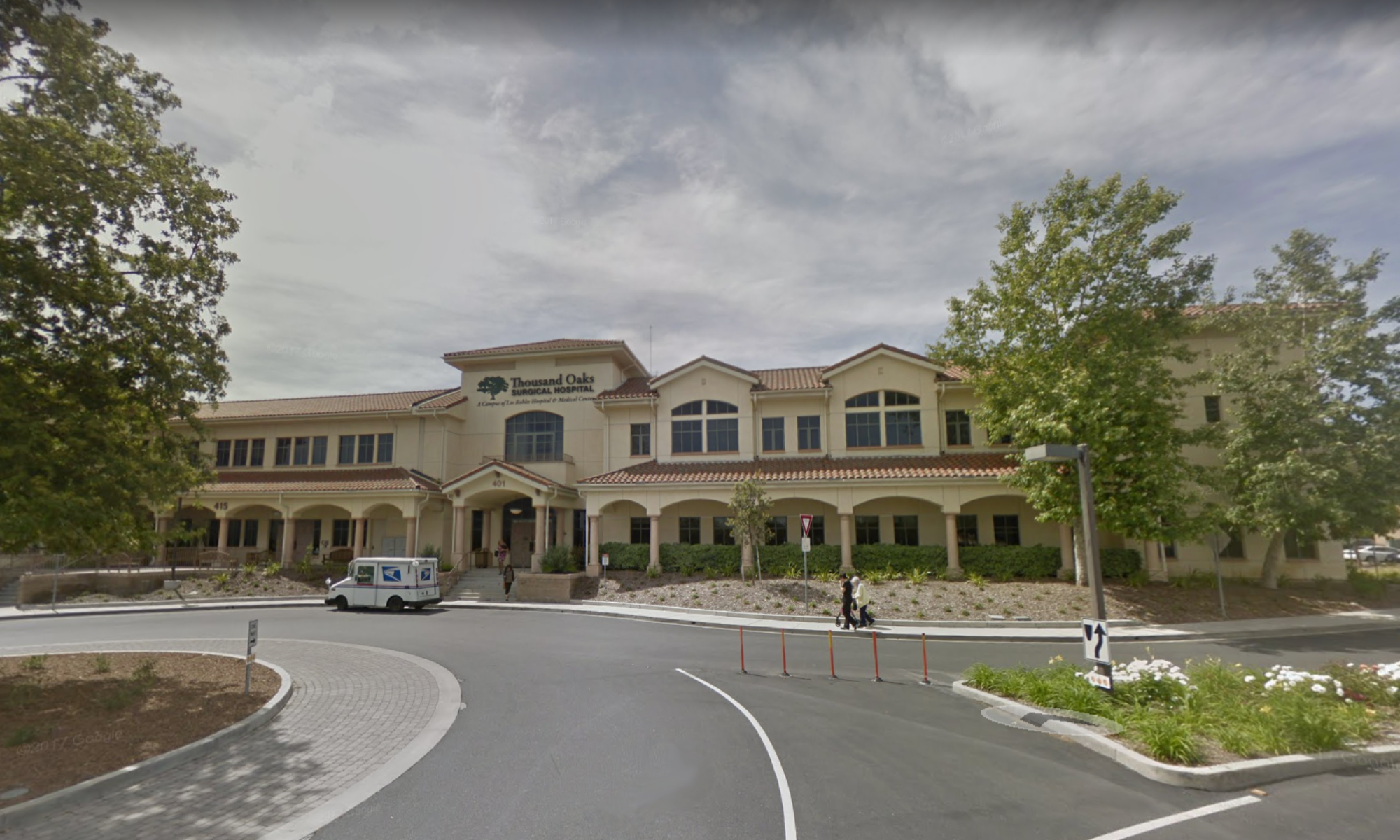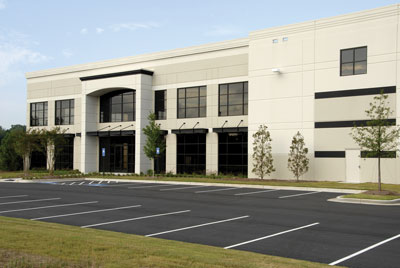Round Three: Commercial Tenant Lease Options During COVID – Save Money By Terminating Your Lease Early
Are you currently a tenant leasing space in a commercial (retail, office, industrial usually) property with your business suffering significant losses? If so, do you want to know what your options are and what you should be doing about it now and in the future?
This is the third part of a series of articles I will be writing on this subject so make sure to tune in for the rest in the future. The first article covered the pros and cons of subleasing and assignment. The second had to do with not paying rent. The next article will cover what to do if you are in a lawsuit with your landlord and in particular, the “frustration of purpose” defense. This third article in the series deals with how to terminate your lease early and save a lot of money doing so.
I have written on the subject of terminating your lease early but would like to point out some notable updates. Click here to view this original, relevant blog.
Normally when you terminate a lease early, you restore legal possession of the premises to your landlord, and thereafter, your landlord has an obligation to mitigate your damages. In my experience and opinion, “mitigating your damages” usually equals 6-12 months of your then-current rent. This is the amount of time normally awarded by a court to a prevailing legal party. It doesn’t matter if you have a 10 year or longer lease, the award is the same. So, usually, a tenant can simply reduce what they owe dramatically by restoring legal possession of the premises to their landlord. Although it’s unclear how COVID is going to affect this 6-12 month rent period and if the courts are going to extend it because it’s probably going to take longer to find a new tenant to take your place. However, most of the time these types of cases settle and never make it to court as that saves both landlord and tenant time and money.
Most of the time the landlord doesn’t even sue the tenant for terminating its lease early and the tenant walks away paying nothing. Why? There are many good reasons: If the tenant doesn’t have enough assets worth pursuing; even if the tenant has enough assets but they are legally protected (in a trust, retirement account, principal residence tenant owns, etc.); because the landlord doesn’t blame the tenant for the government shutdown and/or COVID; because the landlord thinks it might cost more in time, money and energy to sue you than it’s worth; because the landlord might not win in court (if the courts decide that a “frustration of purpose” or other types of legal argument favors the tenant); or because it will make the landlord look bad if other tenants and brokers find out and then don’t want to do business with this landlord (because this wasn’t the tenant’s fault and/or they like the tenant).
Each situation is unique and needs to be figured out carefully if you want help making the right decision on how to handle what you should do regarding your commercial lease. I have settled these types of matters both as a landlord and tenant hundreds of times so I can assist you for a reasonable cost if you need help so please contact me if so as follows:
David Massie
DJM Commercial Real Estate
805-217-0791
Round One: Commercial Tenant Lease Options During COVID – Subleasing Your Unused Space
Are you currently a tenant leasing space in a commercial (retail, office, industrial usually) property with your business suffering significant losses? If so, do you want to know what your options are and what you should be doing about it now and in the future? This is the first part of a series of articles I will be writing on this subject so make sure to tune in for all of them shortly. Upcoming articles will cover: when not to pay rent to your landlord, when/how to terminate your lease early, and other relevant options.
Let’s start with what a tenant would normally do if they didn’t pick a course of action with any risks of legal action by the landlord, such as terminating a lease or not paying rent. Subleasing part of your space or assigning all of it are two viable options.
Under a sublease, you would lease part of your space and you are still the tenant, but become your new subtenant’s landlord which is called a “sublandlord”. You could also sublease all of your space, but this isn’t as common. You still pay your rent to the landlord normally, and you collect rent from your “subtenant” based on the agreement you have made between you and your subtenant. You and the subtenant can agree to pretty much whatever you want to on lease terms as long as it doesn’t violate the main lease between you and your landlord.
Subleasing sounds simple enough but here are some issues to consider that make it more complicated: a) The subtenant’s business use should be compatible with yours because if it isn’t, it could be very disruptive to your business; b) You should have a very good written sublease agreement prepared by a real estate attorney or possibly your commercial real estate broker if he is qualified and should try not to create or change the form on your own. This is because if something were to go wrong with the relationship, and the subtenant creates a problem (not paying, disruptive, etc.) you want to make sure you are on solid legal ground to evict them and make them pay for any damages they cause you; c) You should check out your subtenant’s criminal and financial background thoroughly just like your prudent landlord did with you and make sure you get enough security deposit and/or personal guaranty but get professional help when making this determination from a CPA or your commercial broker if he is qualified to do so; d) You should market your sublease space to reach the widest audience you can. This will usually require costs (advertising, commission, time, and energy) so it’s best to hire a commercial broker to do so as you simply will not have the same audience reach or expertise that the broker does and this broker will bring you more quality options than you can find on your own and lease your space faster.
Switching to an assignment works somewhat like a sublease but an assignment is normally done when leasing the entire space to someone new rather than just part of it like through a sublease. Your new replacement tenant is called the “assignee” and you become the “assignor”. The assignee pays rent to the landlord directly as opposed to paying you like the sublease example above. However, this assignee pretty much takes your place and assumes your existing lease without making changes to it, although it is still possible to have changes made, your landlord has to agree, and there normally isn’t an incentive for your landlord to do so. You remain on the hook under the terms of your original lease like a guarantor would, so if your assignee defaults on the lease and doesn’t cure it then you will be responsible to do so. This will result in you having to pay any rent difference each month to your landlord that your new assignee doesn’t pay if this assignee is paying less than you were.
Both of the above options normally require landlord approval so check your lease carefully in the applicable sections and make sure you do what it says. Your landlord can usually decline a request to sublease or assign your lease based on reasonable grounds. Reasonable grounds can be items like bad financials or a criminal record, too many employees, business use not compatible with other tenants in the building, etc.
Each situation is unique and needs to be figured out carefully but you have to know and consider all of your options so you can pick the best one. I have settled these types of matters both as a landlord and tenant hundreds of times so I can assist you if you need help so please contact me here:
David Massie
DJM Commercial Real Estate
805-217-0791
David Massie
Landlord Rents are Falling: National Office Vacancy Climbs
We recently read an article in Connect Commercial Real Estate highlighting how national office vacancy continues to climb. Rent growth, on the other hand, has headed into an incline in the last two quarters. This means that there is potential for tenants to lease office space for less than before.
From Connect Commercial Real Estate:
“The national office vacancy rate climbed 0.1% to 16.6% in the second quarter, according to research by Reis. Vacancy increased in 39 of 79 metros in the quarter, with just two metros posting a decline in effective rent, as the gap between the “better” office markets and lagging ones widens and gets more pronounced. […] Rent growth, in contrast, was healthier in the last two quarters than in the previous seven, as a number of metros had rent growth of 1% or more in the quarter and 4% for the year. The stronger metros helped buoy the national average more so than in previous quarters.”
This article is a great example of how a landlord rents are falling. If you want to learn how to lease space for less as a tenant, contact David Massie at DJM Commercial at 805-217-0791 or david@djmcre.com – we can help! For more details, read the full article here.
Commercial Leasing: Hidden Tenant Costs That Tenants Shouldn’t Pay
When leasing commercial real estate space of any type, there are many ways for landlords to hide extra costs from tenants that tenants are usually not aware of.
Two of the most common ways to hide such costs are related to the tenant’s share of operating expenses (or NNN or CAM) and measuring the building. Retail tenants in particular have to be extra careful here as they have high exposure related to NNN expenses because they pay a direct share of NNN expenses and not just increases over a base year such as is common in office and many industrial leases.
If tenants aren’t careful to use a broker that understands the operating expense share, this cost to the tenant can be quite large during the lease term. Many times this costs starts out low and then later on in the lease gets quite high. It is best, in my opinion, to negotiate an overall annual cap and also have a list of expense exclusions that aren’t reasonable for a landlord to include as part of the tenant’s share.
An example of unreasonable tenant expenses would be for earthquake insurance. Earthquake insurance usually has a deductible of 20% of the entire property value and is an expensive type of insurance to begin with. It would be a shock for a tenant to receive a bill for their share of a deductible that reaches into the millions, but this is exactly what happens in the real world after an earthquake hits. There are many more expenses like this that should not reasonably be part of the tenant’s share. Some more common examples include: Common area ADA upgrades, capital expense replacements and renovations, insurance deductibles in excess of $20,000 for any particular policy, including new expenses in future years that weren’t part of the original base year (for office leases) , and adding costs that aren’t really necessary like artwork, etc.
Measuring the building is another area where landlords can pad the numbers that will result in a higher rent to the tenant without a tenant even knowing it’s happening and this happens most commonly in office buildings.
Landlords can and usually do include the tenant’s share of the common areas as part of the tenant’s rent. This is called a common area load factor and increases the actual or usable square footage of the premises (and therefore the rent) leased by anywhere from 5-20% and sometimes more. Some of the common areas are legit and some aren’t.
I recently found one industrial landlord adding 5% to their usable square footage numbers just because they had an exterior overhang on the building even though it was not enclosed space. Another office landlord blended two methods of measuring a building and used the average overall load of the building for the first and second floors but the actual load of the building for the third floor because the load numbers were higher this way. When I discovered each landlord doing these things they both reduced their numbers so my client was able to save rent in the percentage that the load was reduced. This makes sense because a tenant pays rent on the usable square footage plus the common area load (called “rentable square feet). So, if the load gets reduced –so does a tenant’s rent.
Do any of you have stories like this to tell of landlords padding their numbers? Unsure of whether or not something you’ve experienced falls into this territory? Comment and share your stories below!
Are you concerned that you might be unaware of some of the same things happening to you?
Feel free to contact me for help on these matters at 805-217-0791 or david@djmcre.com
HOW LANDLORDS CHEAT TENANTS WHEN MEASURING THEIR LEASED SPACE
When was the last time you measured your leased space before signing or even renewing your lease to make sure that the square footage is correct? You probably never have. The landlord usually tells you what the square footage is and you accept it without taking this important step as obvious as it seems. You should always measure the usable square footage of your leased space before you sign or renew your lease. Measuring the common areas of a building is not usually practical though as it’s more expensive, complicated and time consuming to do this.
As a tenant leasing space, you usually pay on rentable square footage (RSF) but only actually use what is inside your space. This inside space is called usable square footage (USF). The RSF usually contains something called a load for the common areas. This load is your share of the common areas such as restrooms, corridors, stairways, etc. Most loads in office buildings are between 15-20% of the USF and if they exceed this number the building can start to become pretty inefficient. Retail and industrial users should not have a load at all or a small one at best unless for some reason they have substantial common areas which aren’t the norm for these types of buildings.
I can’t tell you how many times I have found that the landlord has unreasonably padded the square footage number especially for the tenant’s share of the common areas. Items like roof overhangs, penthouses, elevator shafts, etc. have been included. Once I discover the padded numbers, I am able to get a reduction from the landlord on either the square footage and/or rent. Buildings are valued on square footage so the more square footage the higher the rent and the higher the value of the building. This means that the landlords usually want to maximize the square footage anytime they can.
BOMA 2010 is the current architectural standard for measuring buildings that landlords like to use but it contains optional items that can be added to the common areas like roof overhangs that many times should not reasonably be added.
It is not always easy to figure out how a landlord has cheated or creatively measured their building and your space. Landlords usually hate to disclose this information. But you should always push the landlord for full disclosure on this issue and require them to send you their measurement calculations. Even then, you need to have someone with experience in this matter review this information to verify that it has been done correctly.
Hiring a broker with experience in measuring buildings can help. It always pays to have your own broker represent you; especially one that is knowledgeable in this area and in other areas related to landlord profit centers that most brokers aren’t aware of or simply don’t have experience with like operating expense reconciliations and invoices. Hiring the right broker and taking the time to figure out whether your square footage is correct or not will usually be worth it and you will save money.






